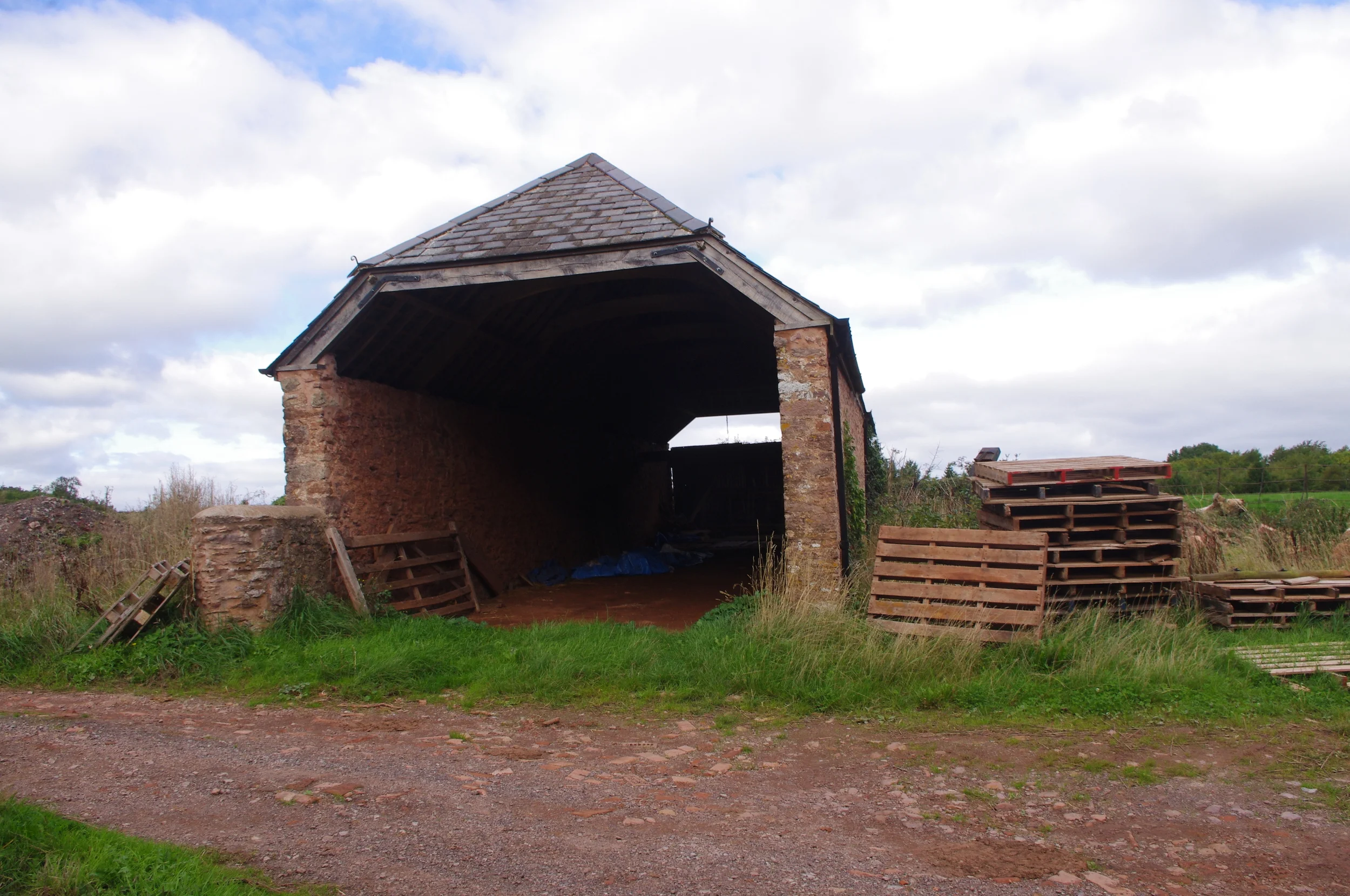Agricultural Development
Armour Heritage is based in rural Somerset, close to the Wiltshire border within an inherently agricultural community, and we can demonstrate considerable experience of agricultural development within the wider rural landscape.
From our perspective, the term 'agricultural development' encompasses a wide range of options, including the construction of new agricultural buildings and facilities, the refurbishment of existing buildings for agricultural or residential use, new farm infrastructure and farm diversification schemes. These projects, by the nature of where they are situated, often have the potential to impact upon the character of the historic landscape.
Our work over the past three years has included all of the above, with a recent emphasis on diversification into renewable energy through wind, solar and anaerobic digester schemes. You can find out more about our energy based work here, and an example of farm diversification into green energy production is described in our Case Studies section.
Much of our work with the agricultural community comprises advice and field services with regard to the construction of new agricultural buildings, or the conversion or re-use of existing farm buildings, in situations where archaeology or the historic landscape have been raised as issues by the Local Planning Authority.
Recent examples include a scheme for new agricultural buildings near Bath which were to be located close to a Scheduled round barrow and section of Roman road, the line of which was projected to continue beyond the Scheduled area and pass through the proposed development area. Through a combination of desk based assessment and field survey, the road was proven not to survive within the area proposed for development.
A second scheme, currently still in the planning process, involved the proposed construction of two agricultural buildings adjacent to a Scheduled Saxon site in Wiltshire. Through survey and mitigation options, including a proposal to reinstate an ancient field boundary between the site and the Scheduled Monument, Historic England (formerly English Heritage) agreed not to oppose the scheme in the planning process.
